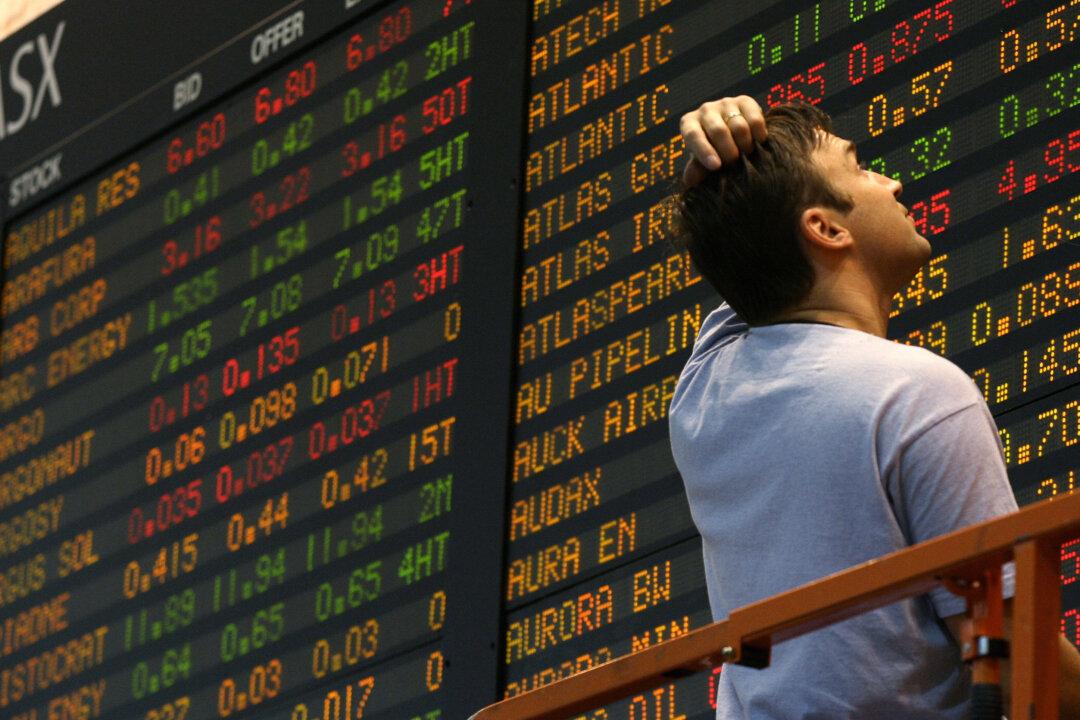Australia’s share market had its worst session in four weeks as reporting season finished, and as concerns emerged about the Aussie dollar.
The S&P/ASX200 benchmark index finished down 107.1 points, or 1.77 percent, to 5953.4 points on Sept. 1.

Australia’s share market had its worst session in four weeks as reporting season finished, and as concerns emerged about the Aussie dollar.
The S&P/ASX200 benchmark index finished down 107.1 points, or 1.77 percent, to 5953.4 points on Sept. 1.